The rules of playing blackjack with a live dealer must be studied before the first time at the table. Formally, it is classical mathematics and probability. In fact, it is minimalism with a cold head. No masks, just numbers, cards, and direct contact with a professional sitting on the other side of the screen.
Starting with understanding: the basic mechanics and purpose of the game
Blackjack starts with a minimum set: 1-8 decks, 52 cards each, without jokers. The main thing is to score 21 points or closer to it without crossing the line. Exceeding is an automatic defeat. The game is played against the dealer, not against the other participants. Two players, two algorithms, one winner.
The rules of the blackjack game provide for starting with two cards from the player and the live dealer (one of which is open). The player evaluates the hand and makes a decision: to take a card (hit), to stop (stand), to double (double), to split (split), or to insure the bet (insurance).
How does the blackjack strategy affect the outcome?
Unlike lottery luck, blackjack tactics are based on strict logic. For example, if you have 12 points and the dealer has an open 6, it is more advantageous to stop than to take a card. Based on the dealer’s open hand, experienced players can calculate the probability of each move with precision.
Blackjack with a dealer requires knowledge of not only the cards but also their weight:
- an ace is either 1 or 11 (whichever is more advantageous);
- each piece is worth 10 points;
- The rest of the cards are at face value.
Each decision is a link in the chain. For example, if the dealer has 11 points and an open two, it is optimal to double. The double is often the key turning point in the game.
Blackjack Live Dealer Rules: Everything You Need to Know Before You Bet
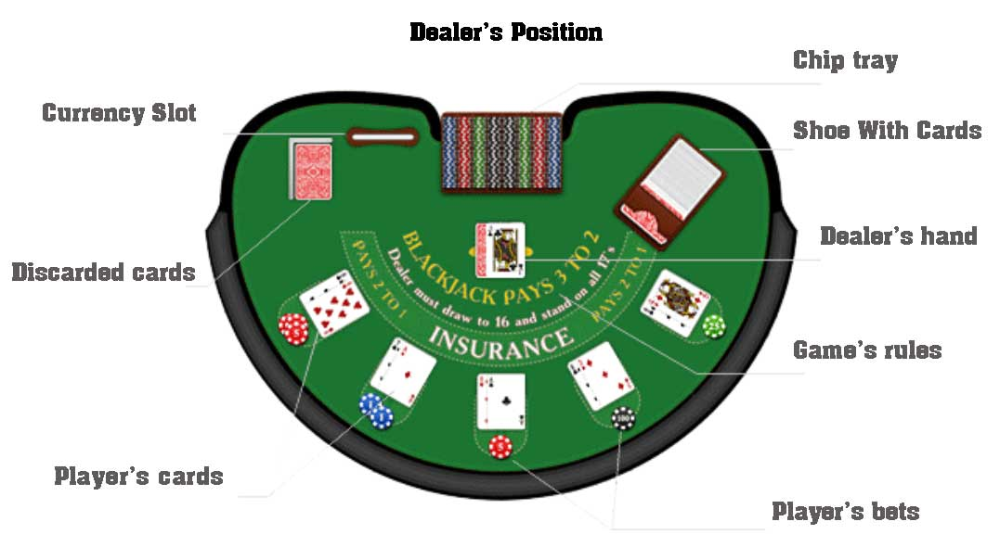 The bet is the entry point. The minimum bet is $1, and the maximum depends on the limits of the specific blackjack casino. After the hand is dealt, one of the five basic moves is activated. This is where the additional mechanics come into play.
The bet is the entry point. The minimum bet is $1, and the maximum depends on the limits of the specific blackjack casino. After the hand is dealt, one of the five basic moves is activated. This is where the additional mechanics come into play.
Here is a list of key actions:
- Split – splitting a pair of identical cards into two hands, each with its own bet. Used when a pair of aces or eights.
- Double is doubling the bet after the first two cards are dealt, with only one card being dealt on top.
- Insurance is activated if the dealer has an ace. It allows you to insure your bet against the dealer’s blackjack. If the dealer has blackjack, the insurance payout is 2:1.
- Surrender is a rare feature that allows you to save half of your bet and exit the game. Not all online tables are available.
- Move (hit/stand) — the standard choice is to get a card or stay with the current points.
These actions form a tactical grid. Without understanding them, the rules of blackjack with a live dealer turn into a game of roulette.
Live Format: Why Does a Dealer Change Your Perception?
Traditional “automated” blackjack is being replaced by live blackjack. The growing popularity of live blackjack on the internet is due to the factor of trust. The cameras are in Full HD, the voiceovers are in real time, and the table is just like in Vegas.
The sessions take place in studios licensed in Curacao, Malta, and the Isle of Man. The card-picking process is publicly monitored. The connection is secure, and there is minimal latency.
The rules of blackjack with a live dealer become identical to the classic, but with a human element. Psychology is involved at the level of the dealer’s facial expressions and the pace of card dealing.
Numbers that say: the win depends on the details
The average probability of winning when following the basic strategy is 42%. The house edge is around 0.5-1.5%, depending on the number of decks and the ability to use insurance, split, and double bets.
For example, in online blackjack for money, which uses 6 decks, there is no surrender mode and a mandatory hit on soft 17. This increases the house edge to 1.2%. With 1 deck, no insurance, and standing on soft 17, the profit is only 0.17%.
These parameters highlight the impact of rules on profitability. Without knowledge of these rules, even the most perfect strategy loses its effectiveness.
Advantages and pitfalls of the virtual format
Online blackjack for money offers a wide range of limits, 24/7 access, and bonuses. The choice of casino plays an important role. Platforms with MGA, UKGC, and eCOGRA licenses ensure fairness. The rest is a risky format.
The rules of live dealer blackjack often include a time limit for each move, up to 20 seconds. This speeds up the game and requires instant reactions. Lack of time is the number one mistake for beginners.
Blackjack Rules with a Live Dealer: The Details
In blackjack, your strategy with a pair of nines changes depending on the dealer’s card. Split the nines into two hands if the dealer has a 7, as this increases your chances of winning from each hand. However, if the dealer has a strong card (a 10 or a picture card), it is safer to stay with your total of 18, as splitting the pair in this case is too risky, especially in a fast live game.
Another example: with 16 points for a player and ten for a casino dealer, most people instinctively take a card. But the blackjack strategy recommends standing in such a situation. If the game is played with one deck and the dealer is required to get to soft 17.
The course of the game depends on the combination of the rules of a particular table: whether surrender is valid, whether a double is allowed after a split, whether cards are added when aces are split. Ignoring these nuances is a direct path to a bankroll drawdown.
The Power of Minimalism: When Less Is More
Minimum bets in the live format start from $0.5. At the same time, in classic VIP rooms, the limit reaches $10,000 per hand. The blackjack casino offers segmented tables: Low, Medium and High Stakes. This allows you to vary the strategy and manage the risk.
The exact rules of blackjack with a live dealer allow you to quickly adapt to the specific dynamics. When betting 5-10 $, it is wiser to stick to the basic mathematics and not experiment. When betting large amounts, it is wise to use modified probability-based tactics (such as Reverse Martingale or 1-3-2-6).
Card architecture: what is important to remember
The player makes decisions based on the ranking of the cards. Regardless of the format, the deck structure is as follows:
- 4 aces, each of which can be worth 1 or 11;
- 16 cards with a value of 10 (including jacks, queens, and kings);
- The remaining cards are numbered from 2 to 9.
It is this imbalance that creates the basis for calculations. For example, the probability of getting a 10-value card is around 31%. This means that every third move carries the risk of overbidding. Understanding these numbers correctly is the foundation of blackjack strategy.
Conclusion
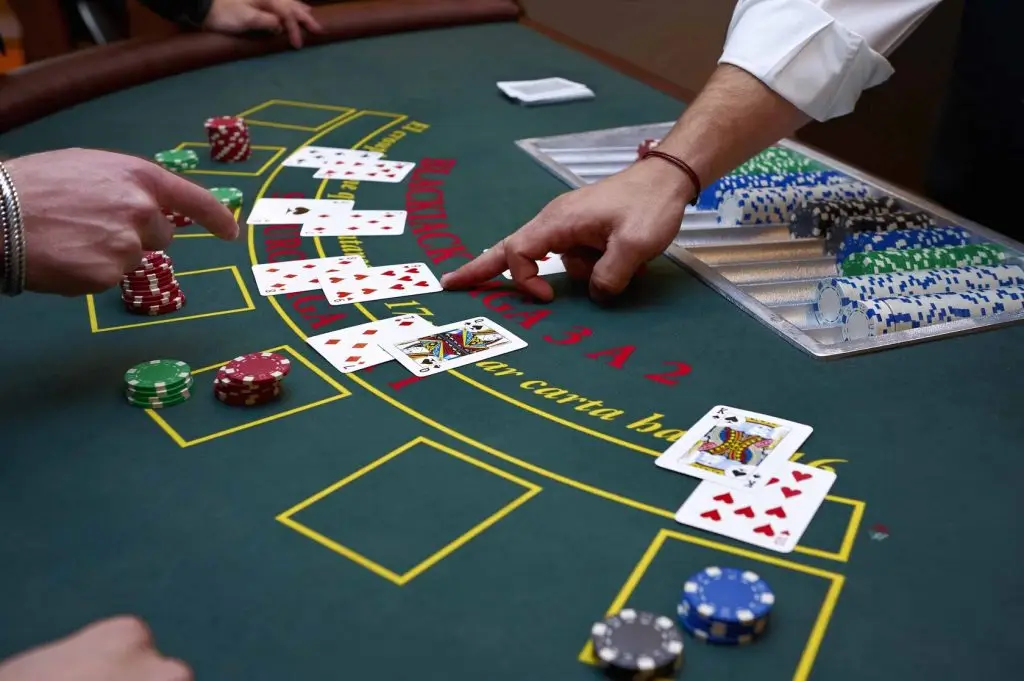 The rules of playing blackjack with a live dealer go beyond the instructions. It is a set of tools for making quick, accurate, and informed decisions. Each round is an opportunity to apply mathematics, behavioral analytics, and financial discipline. Success is not a matter of chance, but rather the result of consistent and well-thought-out moves.
The rules of playing blackjack with a live dealer go beyond the instructions. It is a set of tools for making quick, accurate, and informed decisions. Each round is an opportunity to apply mathematics, behavioral analytics, and financial discipline. Success is not a matter of chance, but rather the result of consistent and well-thought-out moves.

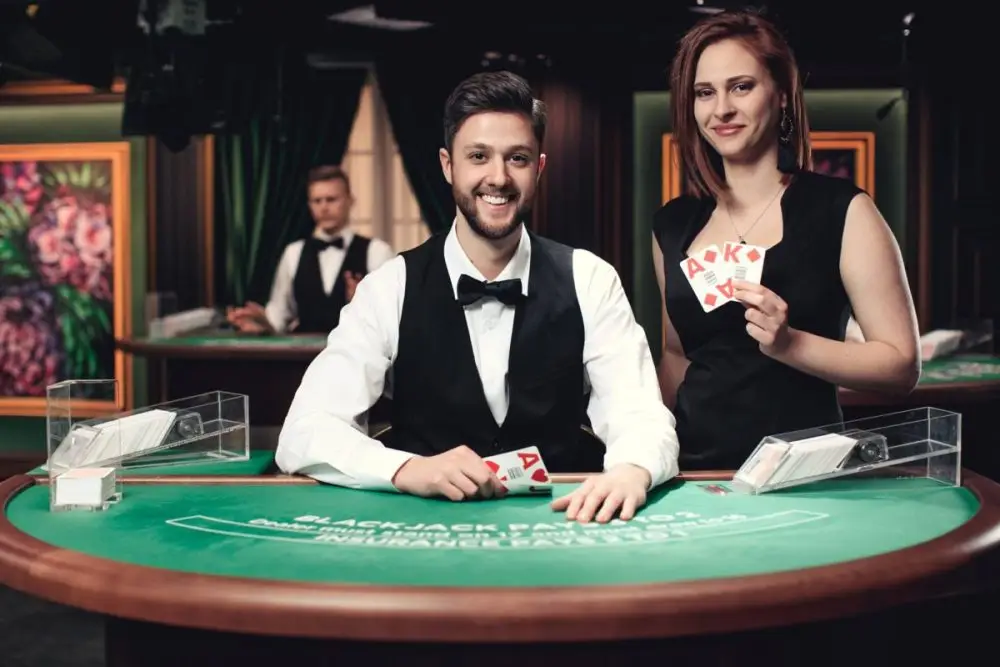

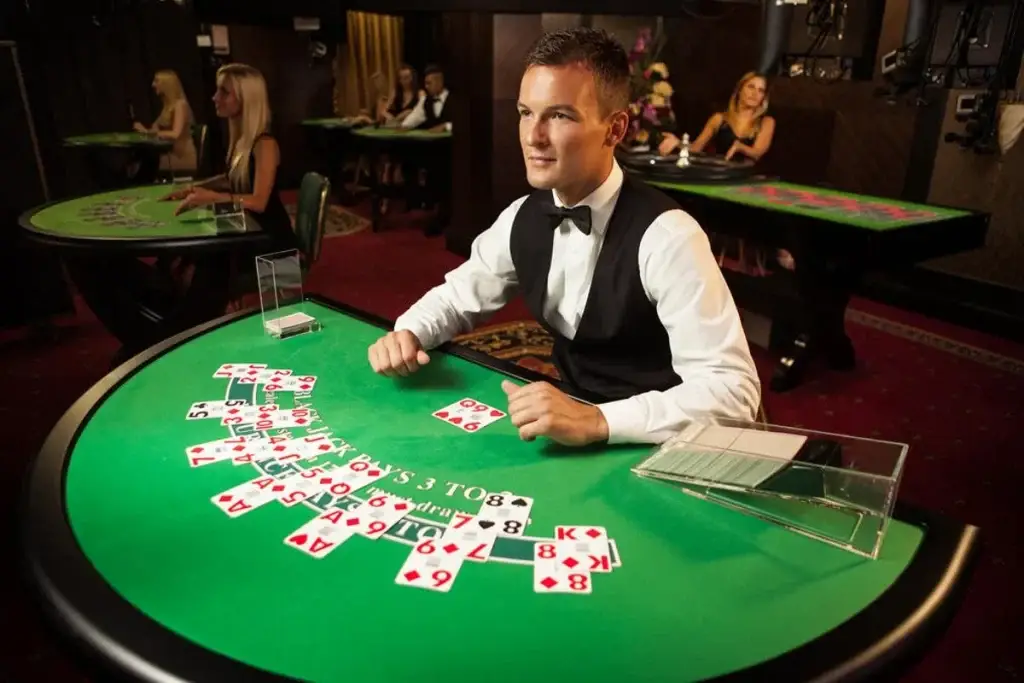 The format combines online play with the experience that you can get in a real establishment. Dealers work live, dealing cards via video broadcast. This removes the factor of a random number generator, creating the effect of full presence.
The format combines online play with the experience that you can get in a real establishment. Dealers work live, dealing cards via video broadcast. This removes the factor of a random number generator, creating the effect of full presence.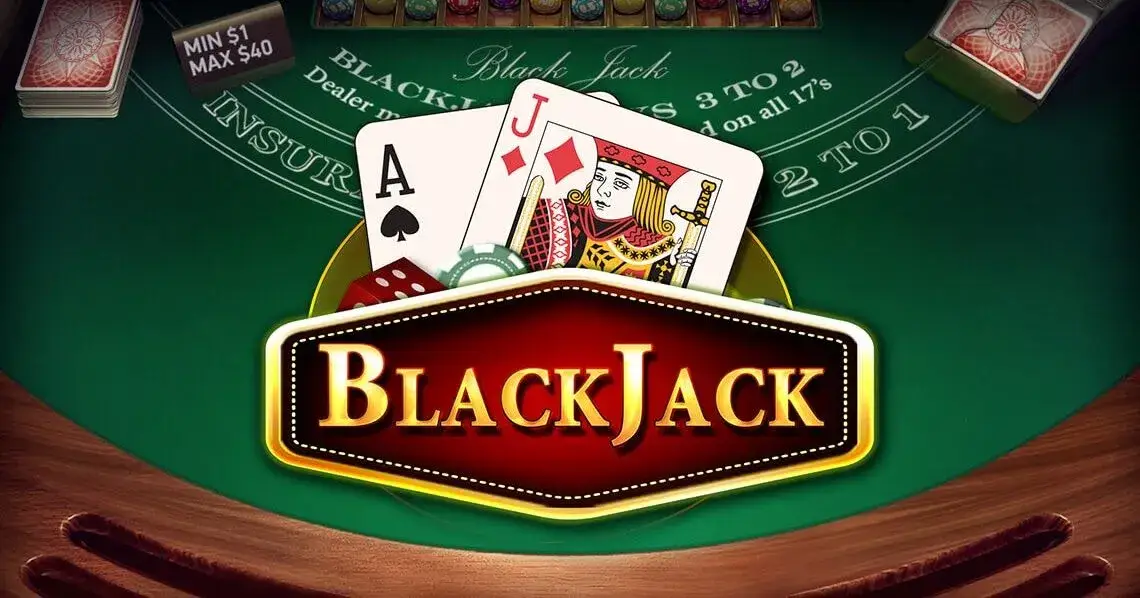 There are many varieties of blackjack in online casinos, each of which offers its own features. For beginners, the classic or European version is suitable, and experienced players can try Spanish 21 or switch. The main thing is to understand the rules, choose a strategy and control the bankroll. Blackjack remains one of the most profitable card games if you approach it wisely and follow tactical principles.
There are many varieties of blackjack in online casinos, each of which offers its own features. For beginners, the classic or European version is suitable, and experienced players can try Spanish 21 or switch. The main thing is to understand the rules, choose a strategy and control the bankroll. Blackjack remains one of the most profitable card games if you approach it wisely and follow tactical principles.
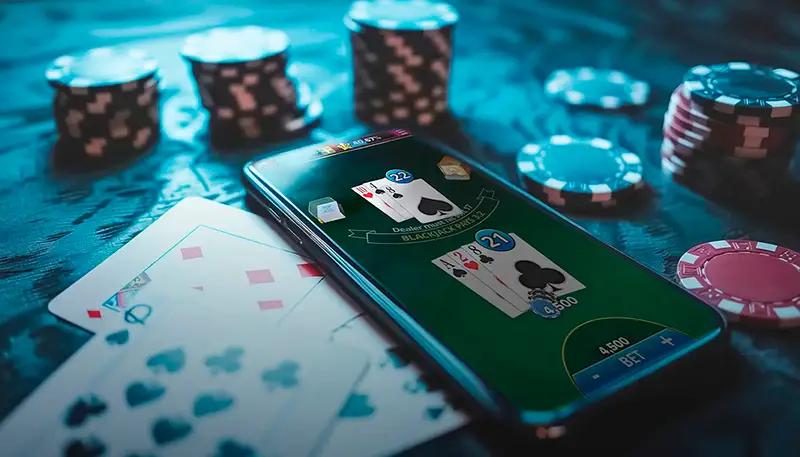


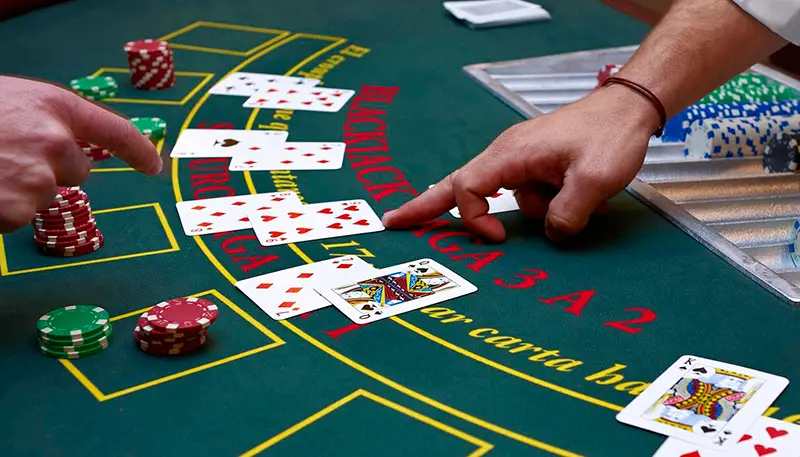
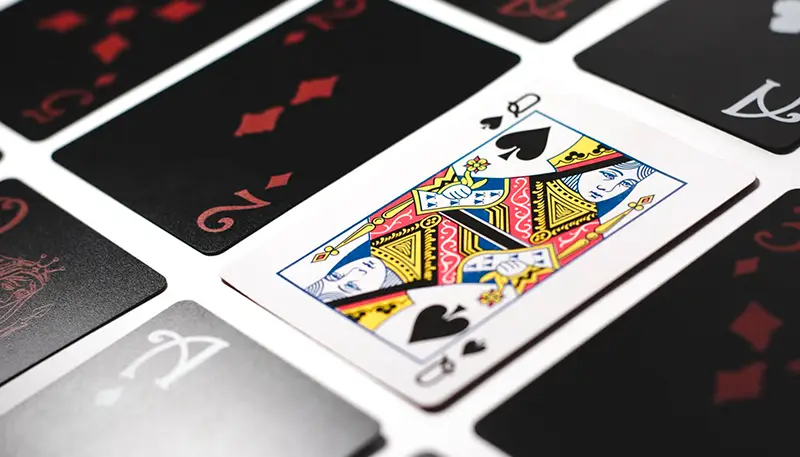

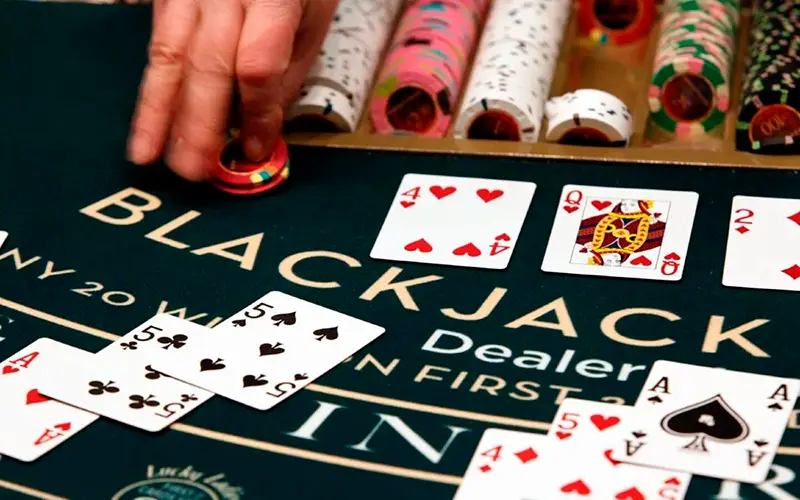
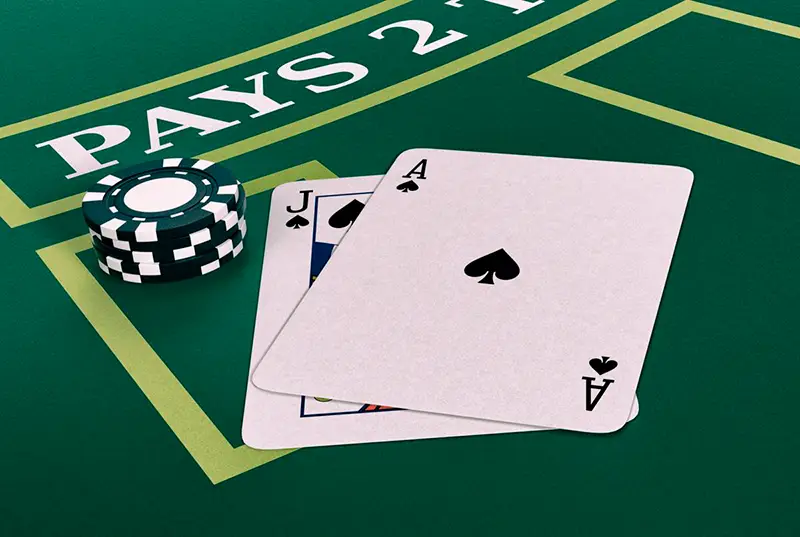

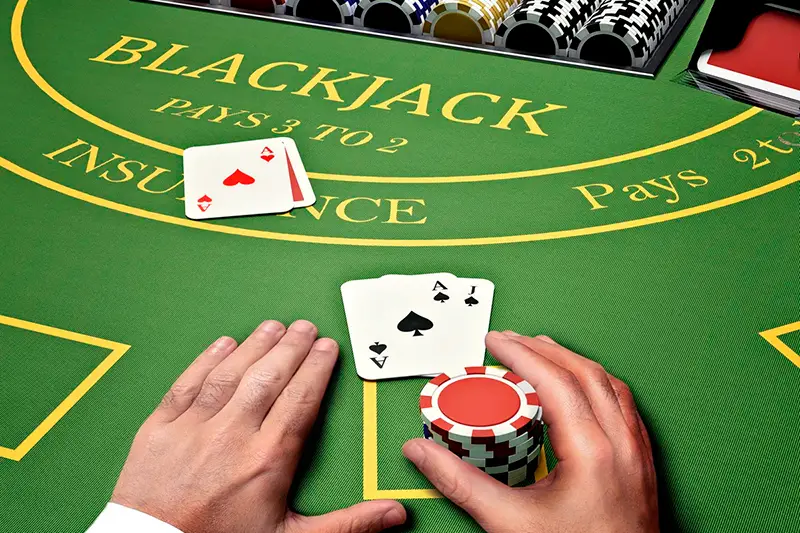
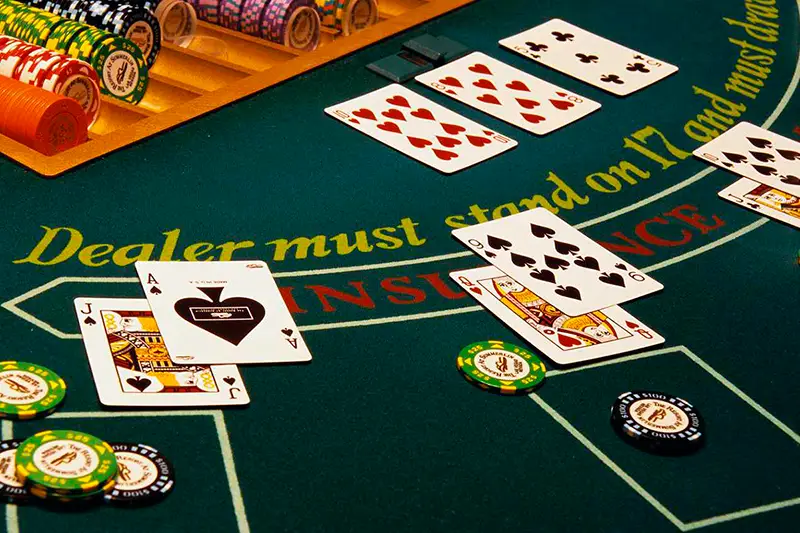
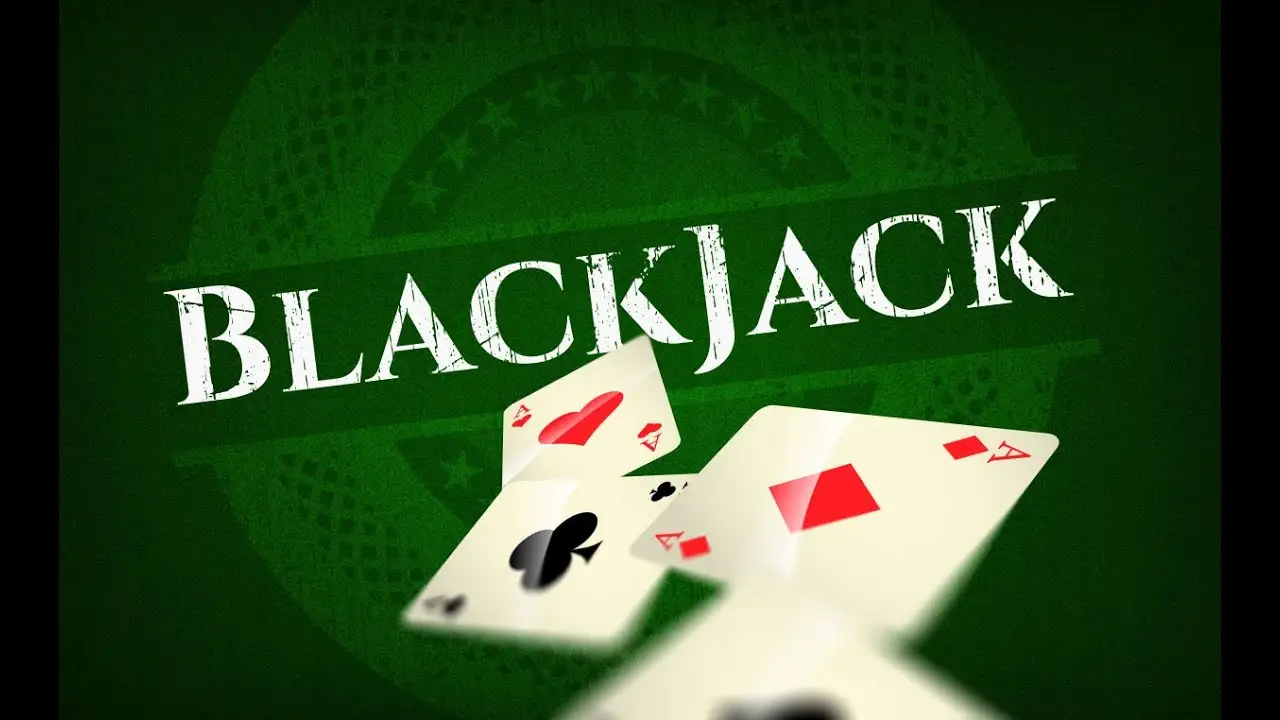
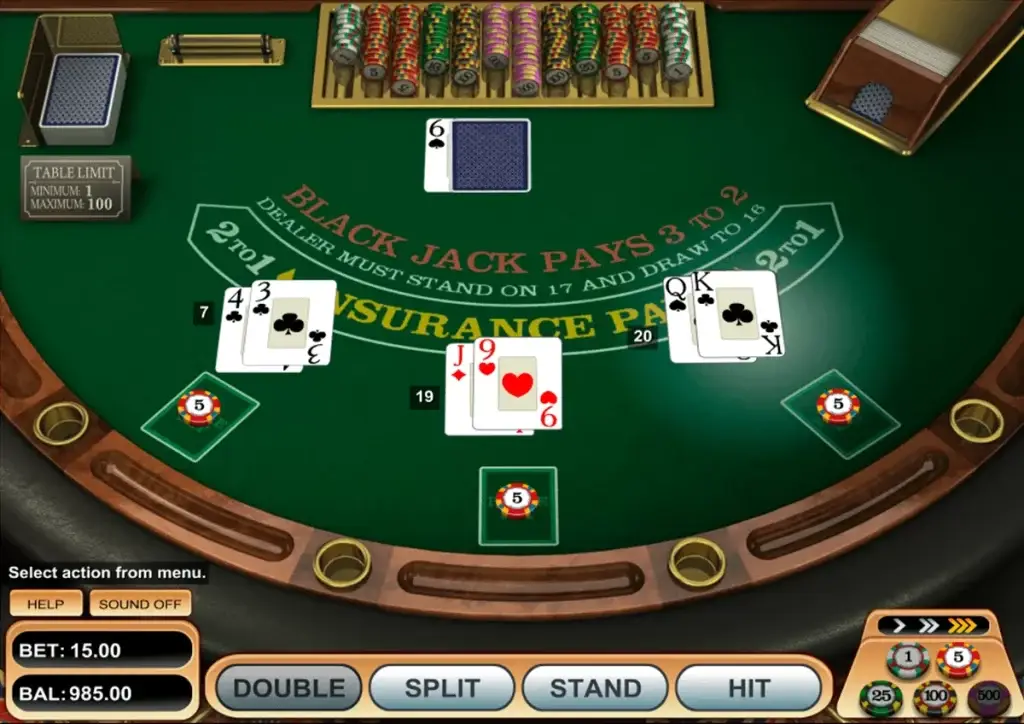 The tool is not effective in every situation. In addition to studying the question of what it means to insure a bet in blackjack, you need to learn that the tactics of moves should be based solely on the mathematical expectation and the probability that the leader will collect a combination of 21 points after the opening ace.
The tool is not effective in every situation. In addition to studying the question of what it means to insure a bet in blackjack, you need to learn that the tactics of moves should be based solely on the mathematical expectation and the probability that the leader will collect a combination of 21 points after the opening ace.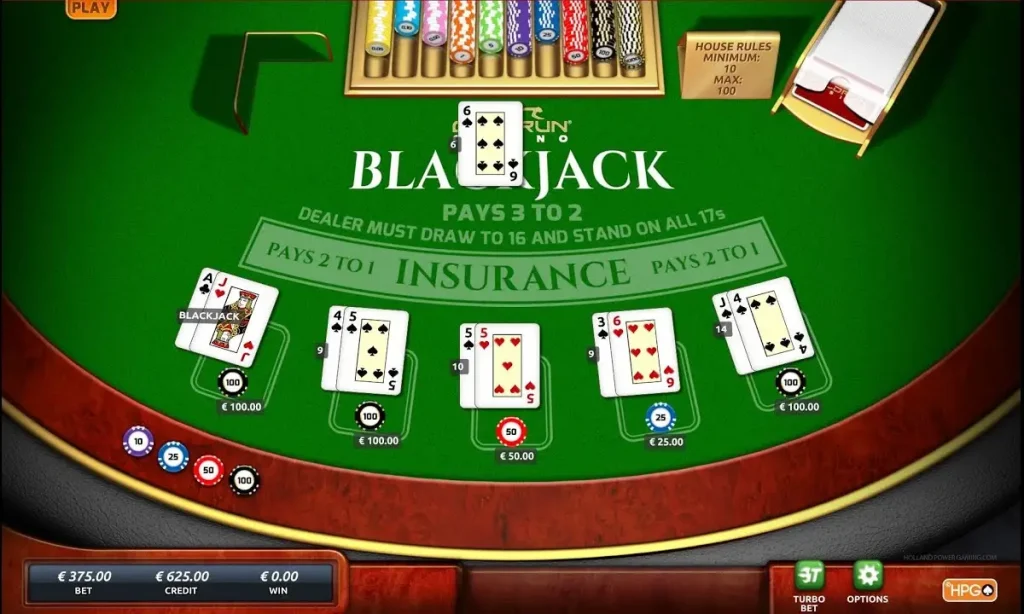 The insurance bet is a casino marketing tool designed for inexperienced players and those who do not understand the mathematics of blackjack. Although in isolated situations the play helps to minimise losses, in the vast majority of games the action incurs an additional financial expense and significantly increases the establishment’s profits.
The insurance bet is a casino marketing tool designed for inexperienced players and those who do not understand the mathematics of blackjack. Although in isolated situations the play helps to minimise losses, in the vast majority of games the action incurs an additional financial expense and significantly increases the establishment’s profits.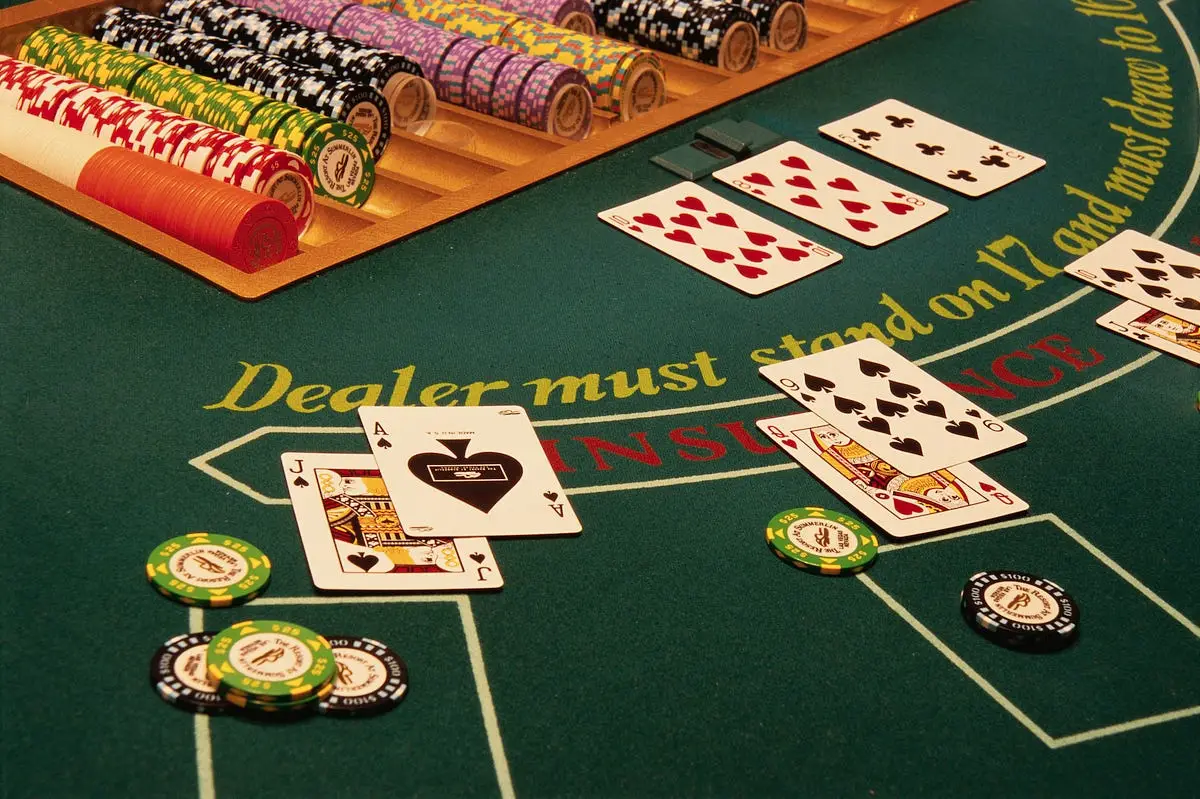
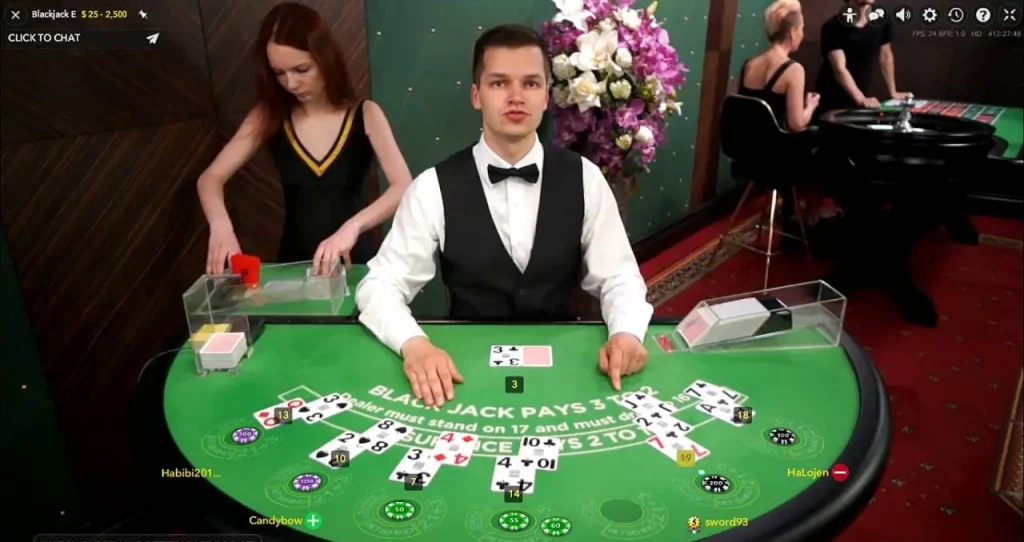 One of the most powerful tools for success at the table is the ability to count cards. This strategy allows the player to keep track of the denominations that have already been played and, based on this, draw conclusions about the probability of certain cards falling in the next hands.
One of the most powerful tools for success at the table is the ability to count cards. This strategy allows the player to keep track of the denominations that have already been played and, based on this, draw conclusions about the probability of certain cards falling in the next hands.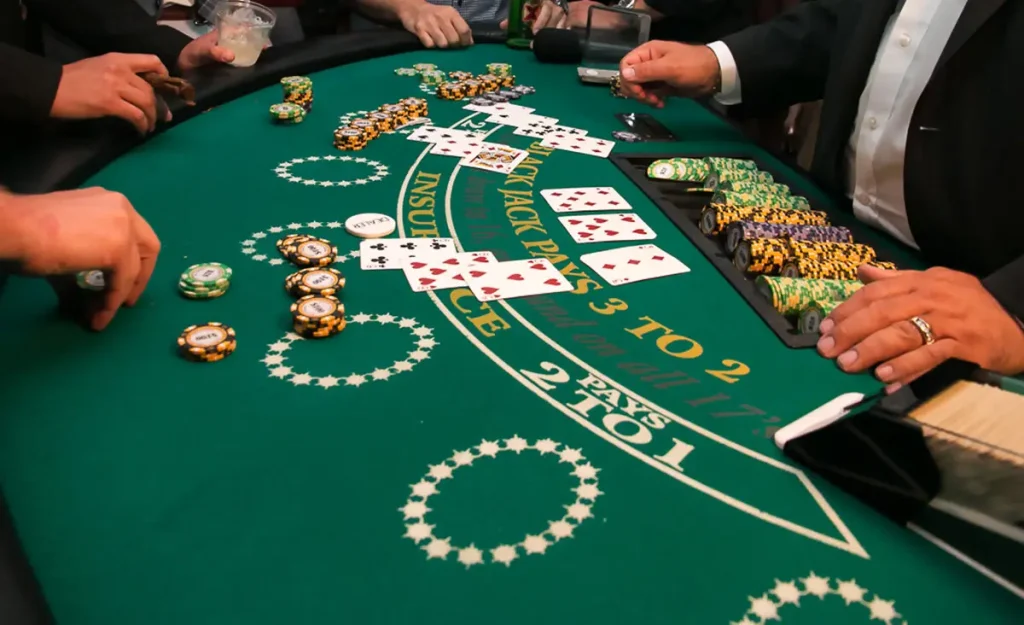 As can be seen from the analysis presented, the key to success in winning at blackjack lies in applying the right strategies, careful bankroll management and competent card counting. While the casino always has the upper hand in the long run, skilled players can significantly reduce this advantage by using all the tools available to them. Knowing how to correctly calculate odds, manage risk and recognise when to make important decisions can significantly improve your game and increase the odds of success.
As can be seen from the analysis presented, the key to success in winning at blackjack lies in applying the right strategies, careful bankroll management and competent card counting. While the casino always has the upper hand in the long run, skilled players can significantly reduce this advantage by using all the tools available to them. Knowing how to correctly calculate odds, manage risk and recognise when to make important decisions can significantly improve your game and increase the odds of success.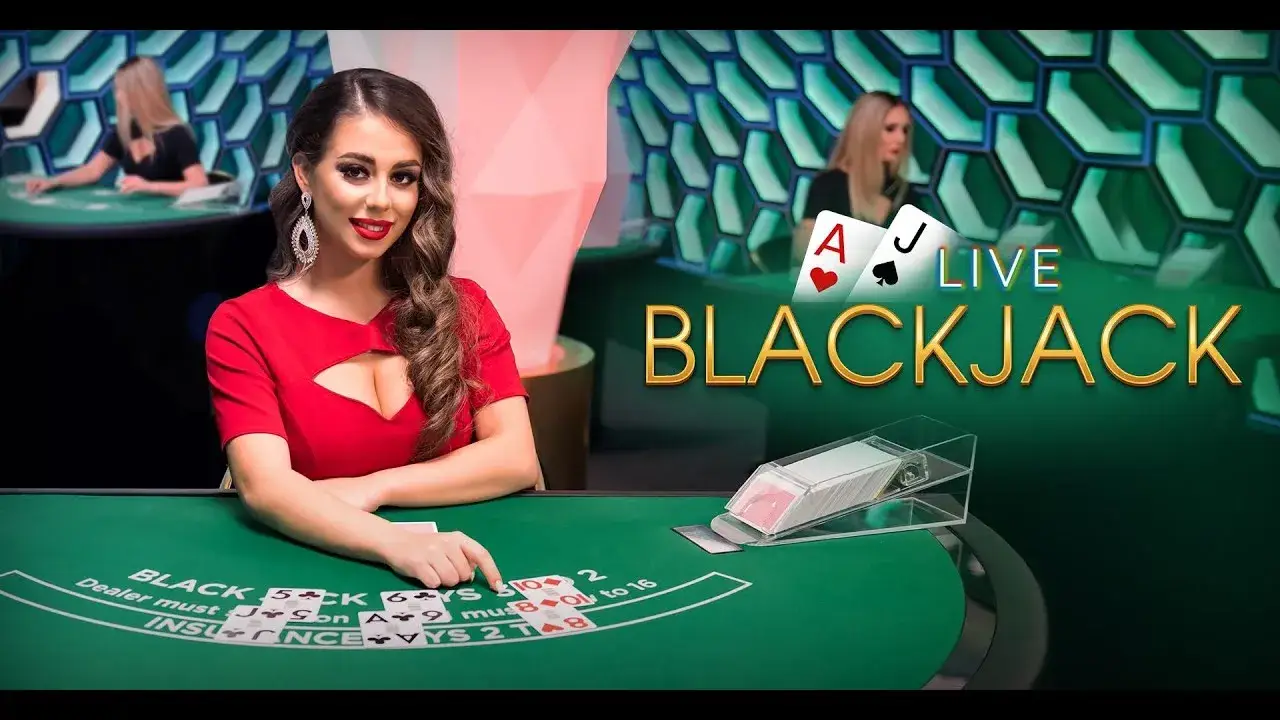
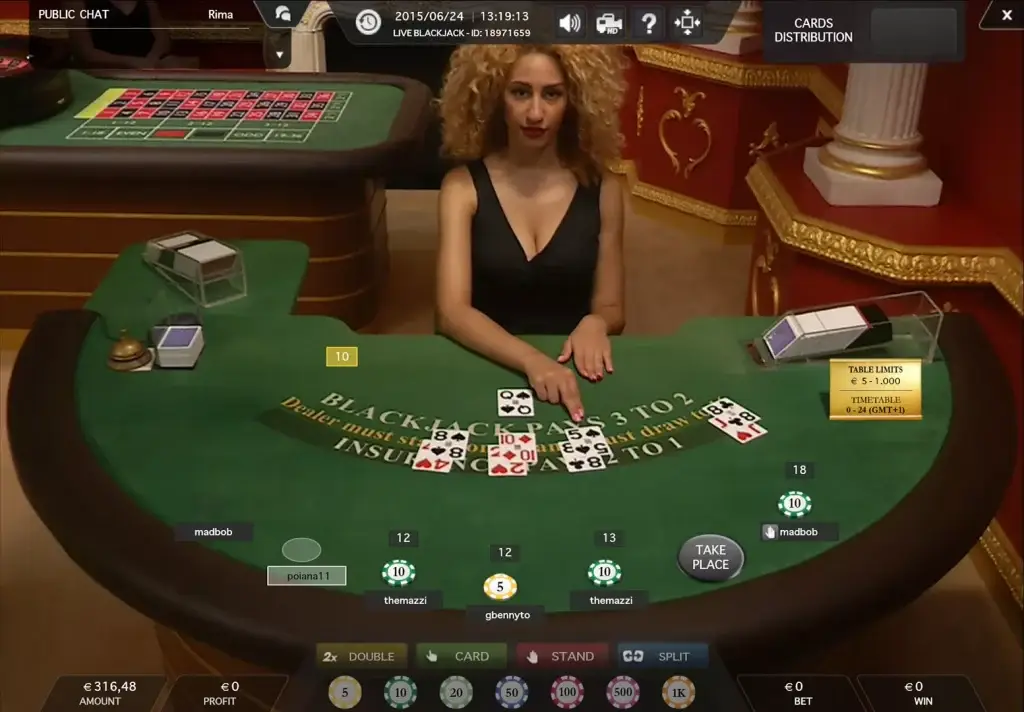 There are many blackjack sites on the market today, each with its own advantages, bonus programmes and levels of customer support. Before choosing the optimal platform for gambling, it is worth considering carefully the parameters that provide convenience and security.
There are many blackjack sites on the market today, each with its own advantages, bonus programmes and levels of customer support. Before choosing the optimal platform for gambling, it is worth considering carefully the parameters that provide convenience and security.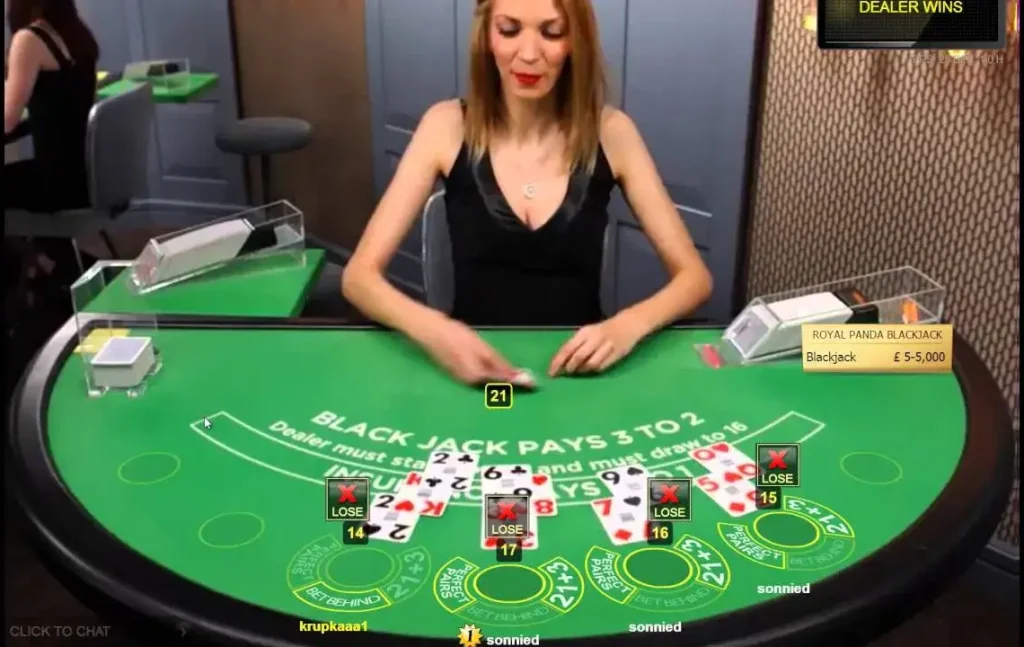 Choosing the right casino to play online blackjack for money in 2025 depends on many factors: from bonus offers to quality of entertainment and customer service. Each site has its own peculiarities that can appeal to both beginners and professionals. The variety of promotions, the blackjack variants available and the high quality of service make the platforms listed in the review ideal.
Choosing the right casino to play online blackjack for money in 2025 depends on many factors: from bonus offers to quality of entertainment and customer service. Each site has its own peculiarities that can appeal to both beginners and professionals. The variety of promotions, the blackjack variants available and the high quality of service make the platforms listed in the review ideal.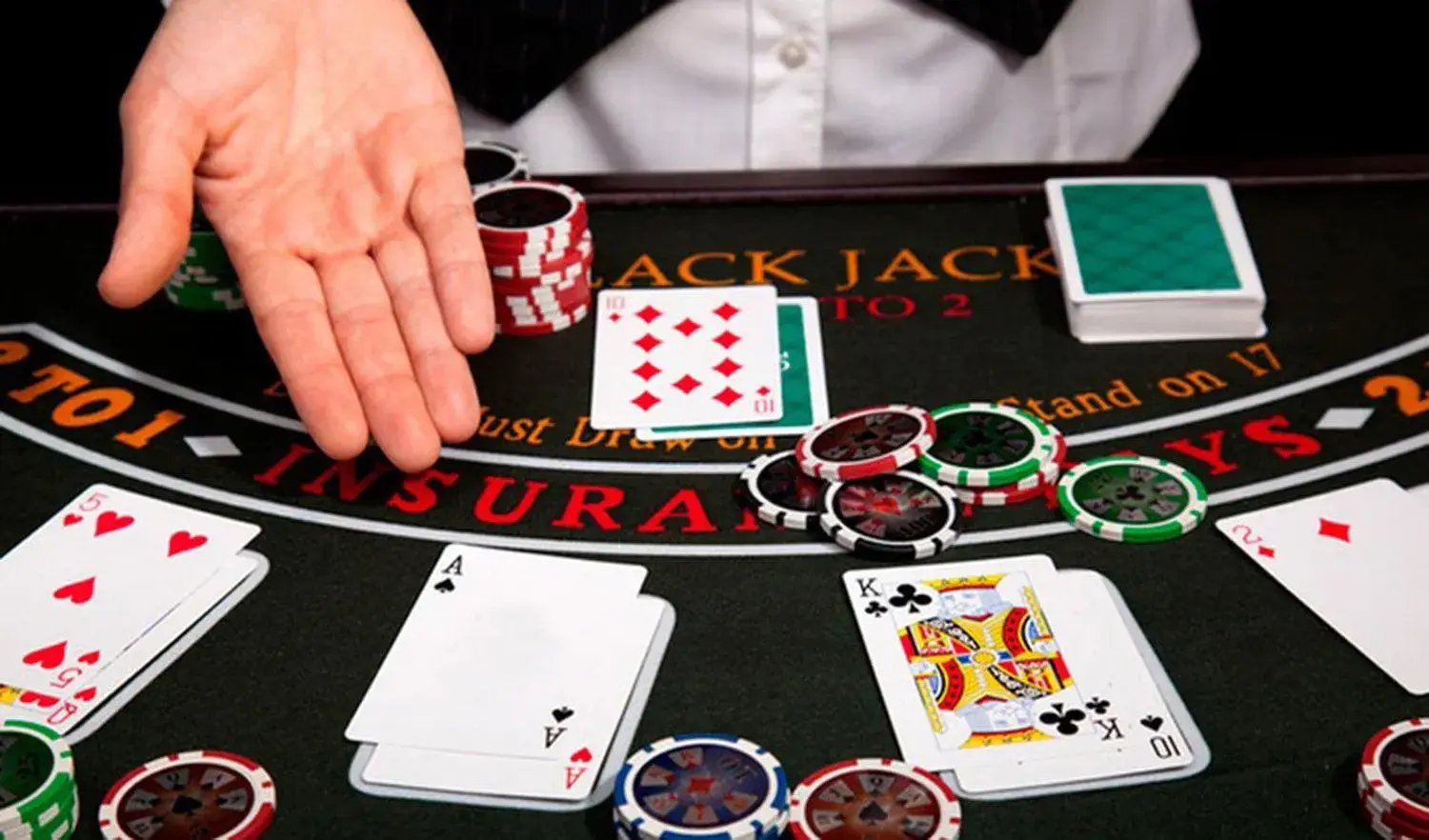
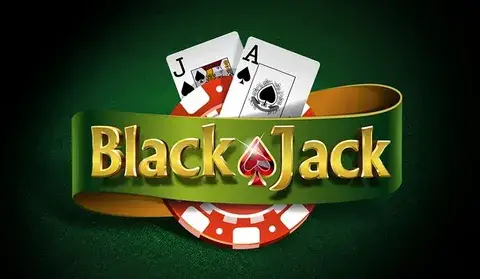 Experience shows that many players underestimate the contribution of face cards not only because of their equal value, but also because of potential scenarios. In terms of strategy, the value of the pictures can significantly affect the probability of collecting the optimal combination. High cards are often associated with high chances of a strong hand, but there are also certain risks.
Experience shows that many players underestimate the contribution of face cards not only because of their equal value, but also because of potential scenarios. In terms of strategy, the value of the pictures can significantly affect the probability of collecting the optimal combination. High cards are often associated with high chances of a strong hand, but there are also certain risks.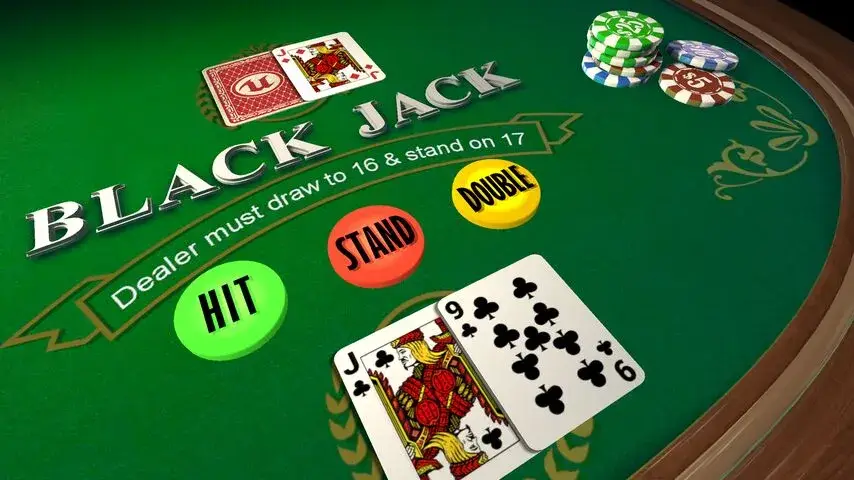 Understanding the mechanics of scoring, especially in relation to the pieces, helps to better allocate power and calculate the probability of winning at the table. For individuals looking to gain an edge over the casino, a basic knowledge of how many points the cards are worth in blackjack becomes the starting point. Jack, Queen, and King are all rated at 10, making it easy to count a hand. This feature is the most important argument when deciding whether to top up, double down or the possibility of splitting a pair.
Understanding the mechanics of scoring, especially in relation to the pieces, helps to better allocate power and calculate the probability of winning at the table. For individuals looking to gain an edge over the casino, a basic knowledge of how many points the cards are worth in blackjack becomes the starting point. Jack, Queen, and King are all rated at 10, making it easy to count a hand. This feature is the most important argument when deciding whether to top up, double down or the possibility of splitting a pair.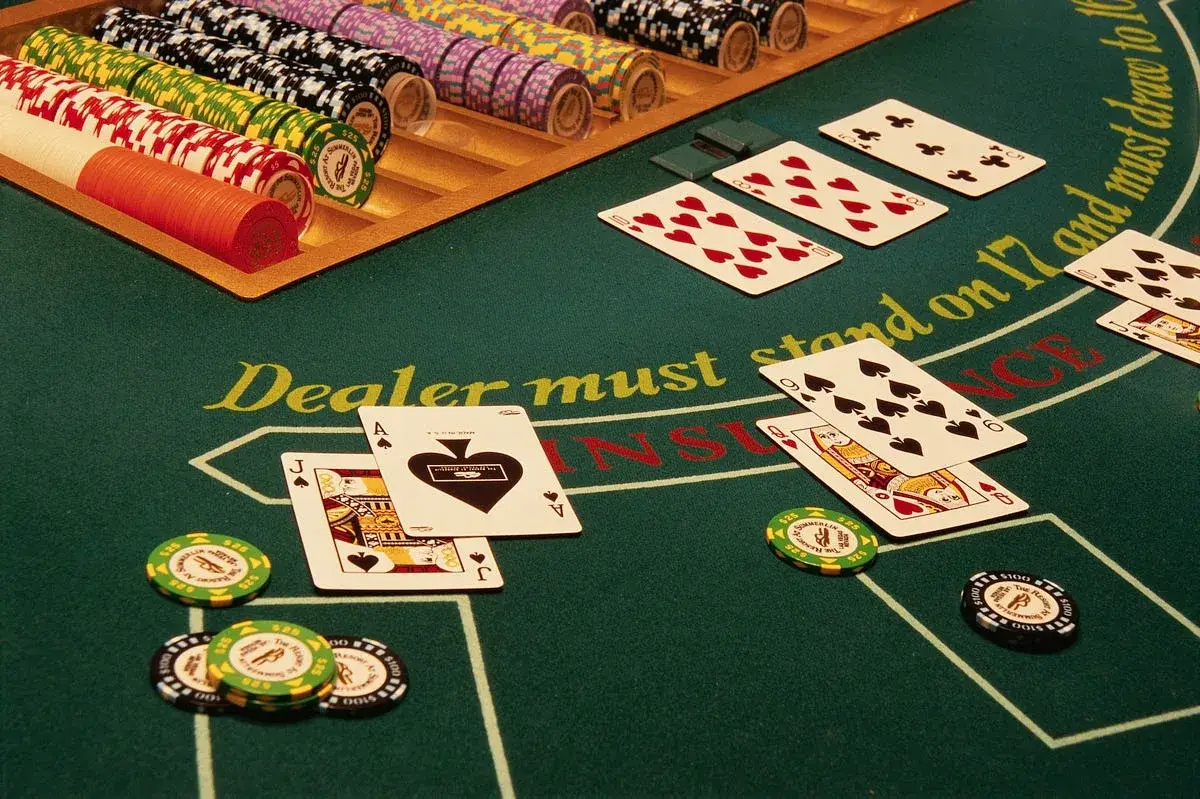
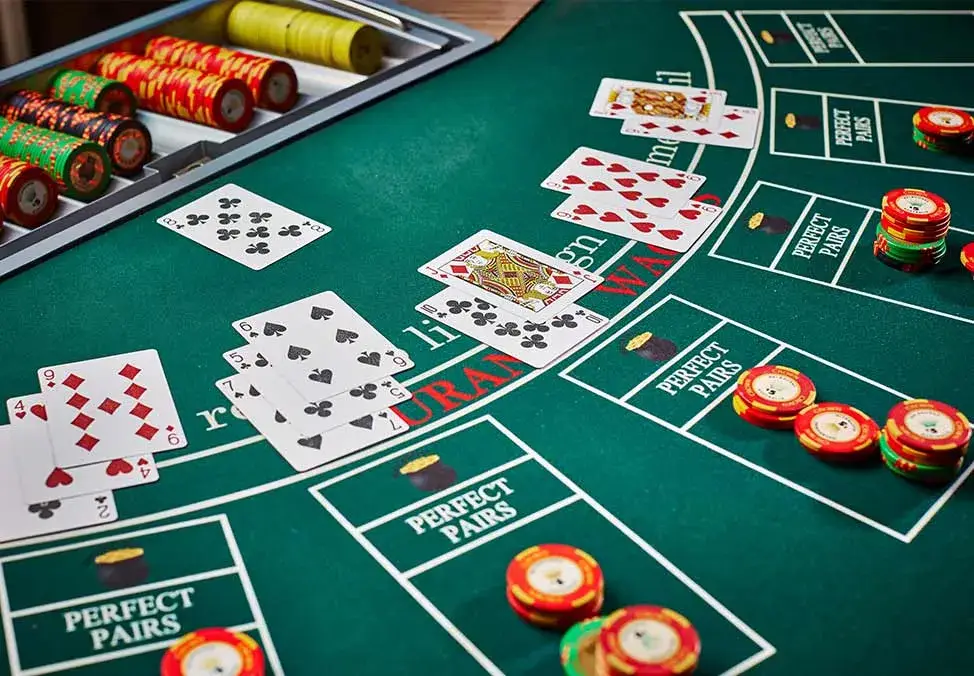 Bonuses are an important part of the strategy to attract players, but not all offers are equally beneficial. When choosing a service, it is worth studying the wagering requirements and their applicability to blackjack. Welcome bonuses, cashback, free spins and loyalty programs make the game more attractive.
Bonuses are an important part of the strategy to attract players, but not all offers are equally beneficial. When choosing a service, it is worth studying the wagering requirements and their applicability to blackjack. Welcome bonuses, cashback, free spins and loyalty programs make the game more attractive.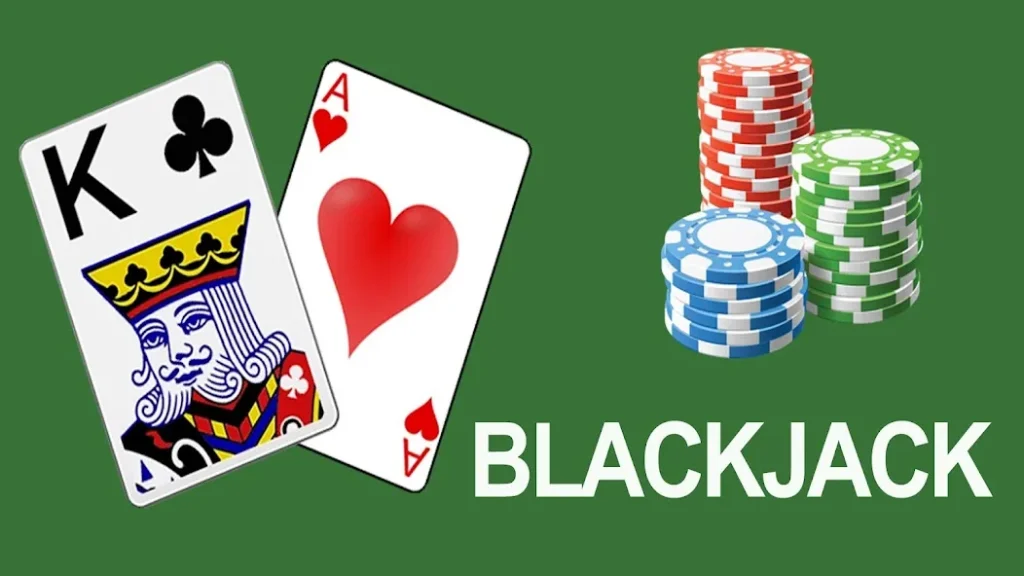 So how do you choose a reliable online casino to play blackjack in 2025? The process requires careful analysis of many factors. The key aspects remain: license and security, variety of games, reliability of financial transactions, lucrative bonuses, convenience of the interface and quality of support service. With these criteria in mind, players can enjoy their session while avoiding unpleasant surprises.
So how do you choose a reliable online casino to play blackjack in 2025? The process requires careful analysis of many factors. The key aspects remain: license and security, variety of games, reliability of financial transactions, lucrative bonuses, convenience of the interface and quality of support service. With these criteria in mind, players can enjoy their session while avoiding unpleasant surprises.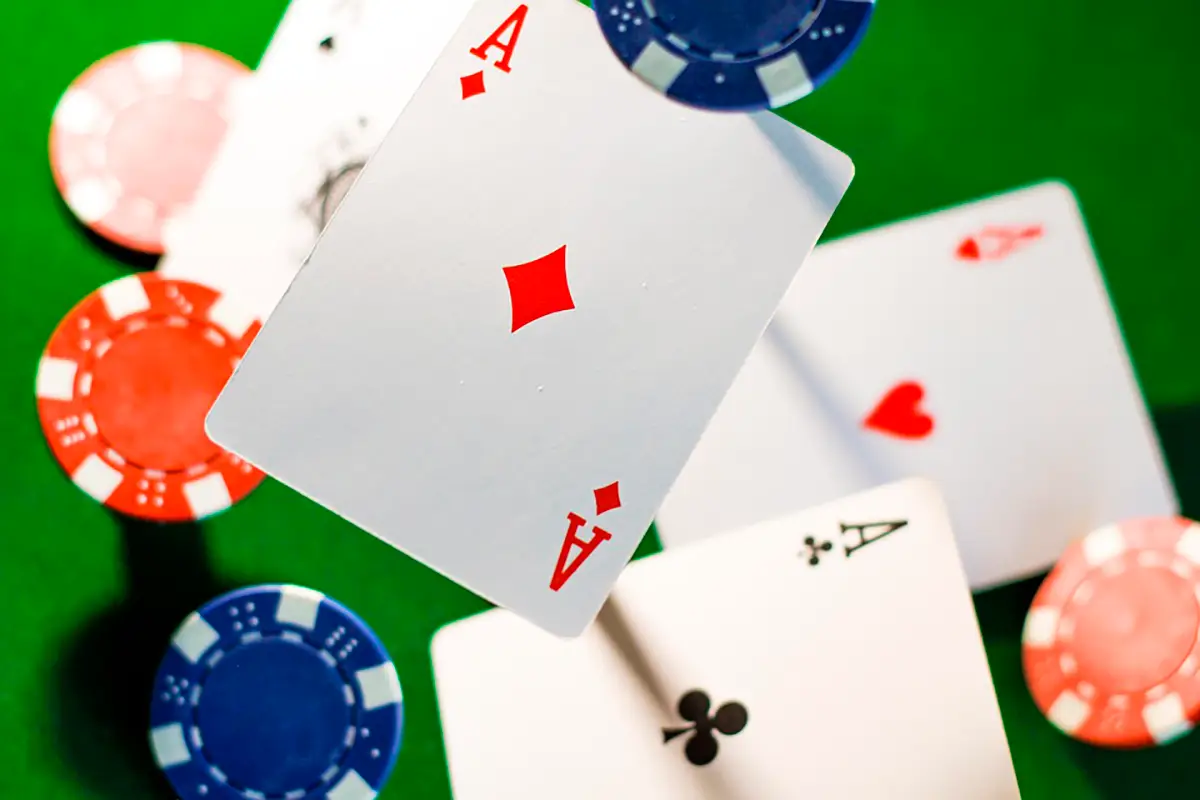
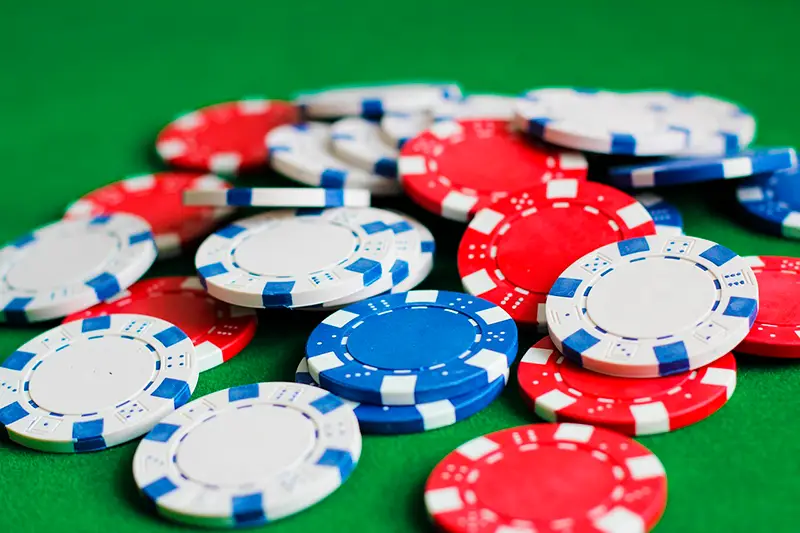 Online blackjack strategies for experienced users come down to more complex methods. In this case, mathematical models are used to make decisions. Unlike beginners, professionals often use not only the Basic strategy, but also additional approaches. This includes card counting and analyzing the dealer’s actions. It is important to be able to quickly react to changes in the situation at the table, because even the smallest detail affects the outcome of the game.
Online blackjack strategies for experienced users come down to more complex methods. In this case, mathematical models are used to make decisions. Unlike beginners, professionals often use not only the Basic strategy, but also additional approaches. This includes card counting and analyzing the dealer’s actions. It is important to be able to quickly react to changes in the situation at the table, because even the smallest detail affects the outcome of the game.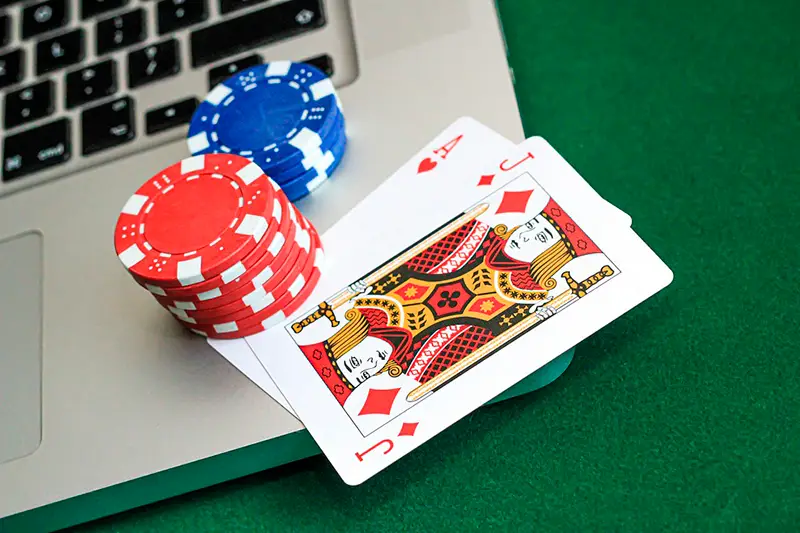 Online blackjack strategies have many interpretations. Choosing the right tactic depends on your personal level of experience and willingness to take risks. Beginners should start with the basic approach, while more experienced players should consider card counting or the Martingale method.
Online blackjack strategies have many interpretations. Choosing the right tactic depends on your personal level of experience and willingness to take risks. Beginners should start with the basic approach, while more experienced players should consider card counting or the Martingale method.





